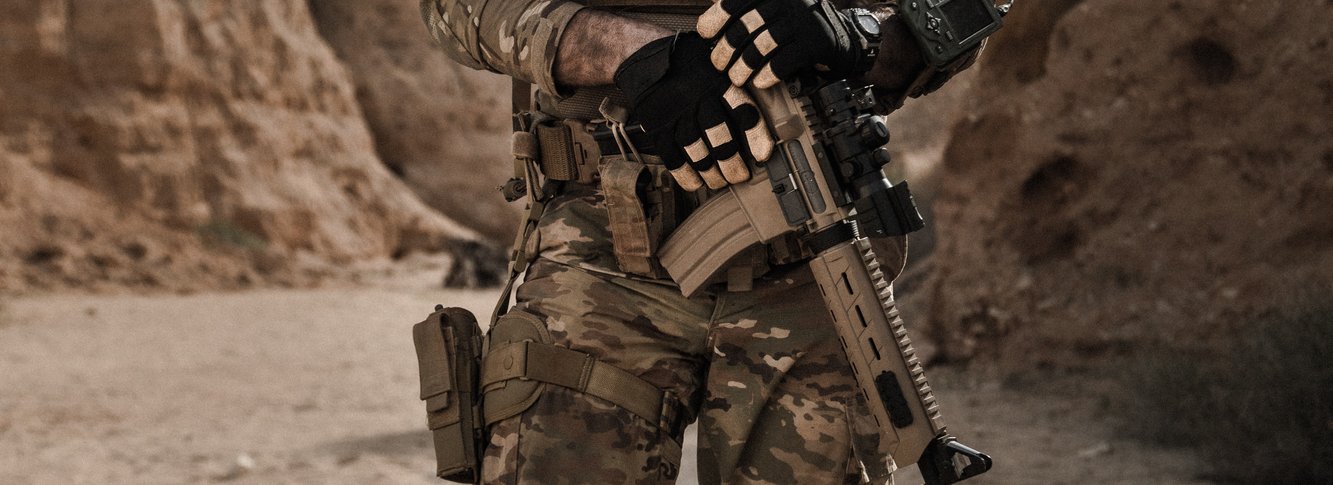| 6 mins read
As outlined in ‘The Curious Incident of Mr Cameron and the United Kingdom Defence Budget: A New Legacy?’ David Cameron has managed to undertake one of the most dramatic U-turns in the recent history of British defence and security policy. Six months before the publication of ‘National Security Strategy and Strategic Defence and Security Review (NSS/SDSR) in November, the outlook for Britain’s armed forces looked poor. As a then non-protected budget the Ministry of Defence was contemplating a 20-40% reduction in its budget. Political support for defence was hard to find with David Cameron assiduously avoiding committing his party to the 2% of GDP target he had managed to get the NATO partners to sign up to at their summit in Wales the previous September. Moreover, within a month of the May 2015 election, the Chancellor, George Osborne, had raided the defence budget once again, taking a further £500m out of it.
Yet, a month later, the start of the U-turn was confirmed as Osborne surprised all the defence ‘commentariat’ by committing the government to the 2% target. As a result, when the NSS/SDSR was published in November Cameron was able to announce a series of defence commitments including 2 new strike brigades, 2 squadrons of F-35Bs for the aircraft carriers, 9 new P-8A Poseidon maritime patrol aircraft and an extra £2bn of funding for Britain’s special forces. The silence of the defence ‘commentariat’ was palpable with the likes of Lord Dannatt supporting the new investment and Lord West instead critiquing his own party’s opposition to Trident renewal. They all appeared oblivious to the obvious question that falls out of this is - how was Cameron able to ‘pull the rabbit out of the hat’? Was this all real or had they again been duped?
What stands out in the NSS/SDSR is the basic flaw in the review’s assumptions that none of the ‘commentariat’ appear to have noticed. The review highlighted the immediacy of the challenges now facing the United Kingdom from the likes of so-called Islamic State and Russia, but its solutions, such as two new strike brigades for the army and the two new aircraft carriers, will not be ready for another decade. Put simply the armed forces have been told to develop a Future Force posture for 2025, five years later than planned in the previous 2010 ‘Strategic Defence and Security Review’, whilst the review emphasises the immediacy of the challenges currently facing the United Kingdom and its allies. In other words, the government is quietly, but openly accepting a ‘window of vulnerability’ which they can only hope will not be tested.
This situation is remarkably similar to that in the early 1930s when the then government decided that the ‘Ten Year Rule’ – the assumption that the UK would not have be confronted with a major war for the decade ahead – was no longer valid as a planning assumption but then delayed in investing the rearmament process.
With some justification the 2010 NSS/SDSR effectively adopted a variation of the interwar ‘Ten Year Rule’ when it assumed that Britain’s armed forces should be reorganised for conflicts after 2020, whilst assuming that the government would not become engaged in any new conflicts in the intervening period. At the time the British involvement in Iraq had ended and that in Afghanistan was due to come to an end. There were no obvious major short term military threats to the United Kingdom, instead the principal dangers were the parlous condition of the economy and the government’s finances.
However, as the 2015 NSS/SDSR freely acknowledges, the situation has significantly changed for the worse five years on. Russia has illegally seized the Crimea and is actively supporting separatist groups in the east of Ukraine, a civil war has broken out in Syria where Islamic State has emerged and is now being confronted by a variety of nations each with their own particular goals in mind, Britain’s brief involvement in a conflict in Libya has left that nation divided and the US has attempted its pivot to Asia. These are just some of the challenges confronting the UK. Nevertheless, the 2015 NSS/SDSR has perpetuated the ‘Ten Year Rule’ giving 2025 as the new target date for Britain’s armed forces to be reconfigured to confront these challenges.
So why the silence amongst the ‘commentariat’? There are three potential answers. First, there was such a relief, both individually and collectively, in the findings of the NSS/SDSR that they simply did not want to rock the boat. In other words, it could have been a lot worse. Second, Cameron has managed to balance the various factional interests within the ‘commentariat’ with all feeling that they have generally won. Third, the ‘commentariat’ itself is actually quite poor in quality: put simply, they missed the flaw in the review. If this is the case then only time will tell whether the government and/or the ‘commentariat’ will be found out.
Need help using Wiley? Click here for help using Wiley







